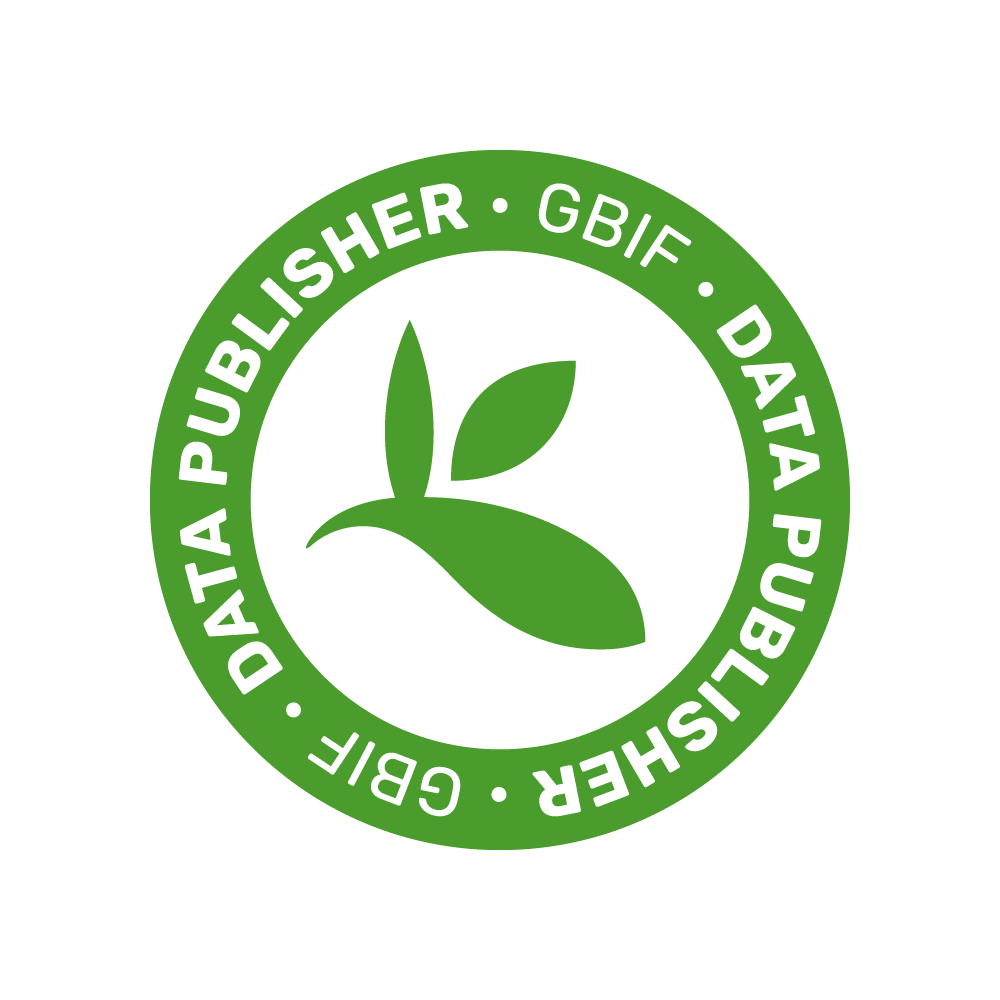IBBR Webinars


Valorisation of a by-product of the brewing production chain for the formulation of innovative functional shortbreads
Valeria Sileoni
Universitas Mercatorum; Università degli Studi di Perugia, Dipartimento di Scienze Agrarie, Alimentari e Ambientali - Italy
June 30, 2021 (11:30-12:30)
Webinar Link: https://global.gotomeeting.com/join/125885965
Abstract: Recently, the European Food Safety Agency (EFSA) published recommendations on the dietary reference values for fibre, β-glucan and arabinoxylan. In particular 3 g of barley beta-glucans should be consumed per day to favour the maintenance of normal blood LDL-cholesterol concentrations, increase in satiety leading to a reduction in energy intake and reduce the post-prandial glycaemic responses. The EFSA Panel considers also that in order to obtain the reduction of post-prandial glycaemic responses 8 g of arabinoxylan-rich fibre produced from wheat endosperm (at least 60 % arabinoxylan by weight) per 100 g of available carbohydrates should be consumed. Since the bioactive compounds have beneficial effects on human health and seen the growing interest of consumers, the food industry is more and more focusing its investments on formulation and realization of functional products. The aim of this work is the formulation and the valorisation of shortbreads by partial substitution of wheat flour with brewer’s spent grain rich in fibre, β-glucan and arabinoxylan, in order to obtain the benefits on human health due to the positive effects of dietary fibre. Brewers’ spent grain (BSG) is the major by-product of the brewing industry, representing around 85% of the total by-products generated. It is mainly a source of protein and dietary fibre, and therefore it can bring benefits to human health. The use of BSG as a low-cost source of protein and fibre for human food could bring many advantages, such as the production of functional food, with the enhancement of new related productive chains. Furthermore, from an environmental point of view, the re-use of these by-products will contribute to the solution of the problems associated with their disposal. This will allow the development of an innovative, cost-efficient and profitable production system, capable of reducing the environmental impact, perfectly in line with the objectives of Horizon 2020. The study has pointed out that by replacing 30% wheat flour with 100% barley malt spent grain flour, and with barley malt spent grain enriched with 30 % of oat, there is a significant increase in dietary fibre, in particular arabinoxylan, and protein, compared with the reference biscuit. Therefore, according to EFSA, the obtained products contribute to the recommended daily intake of bioactive compounds for health benefits. Moreover, biscuits have acceptable sensory characteristics and, above all, they do not show an increase in sugars and fats, compared to 100% wheat flour biscuit
Author's Info: https://www.unimercatorum.it/public/uploads/docs/curriculum-sileoni-senza-dati-personali.pdf




